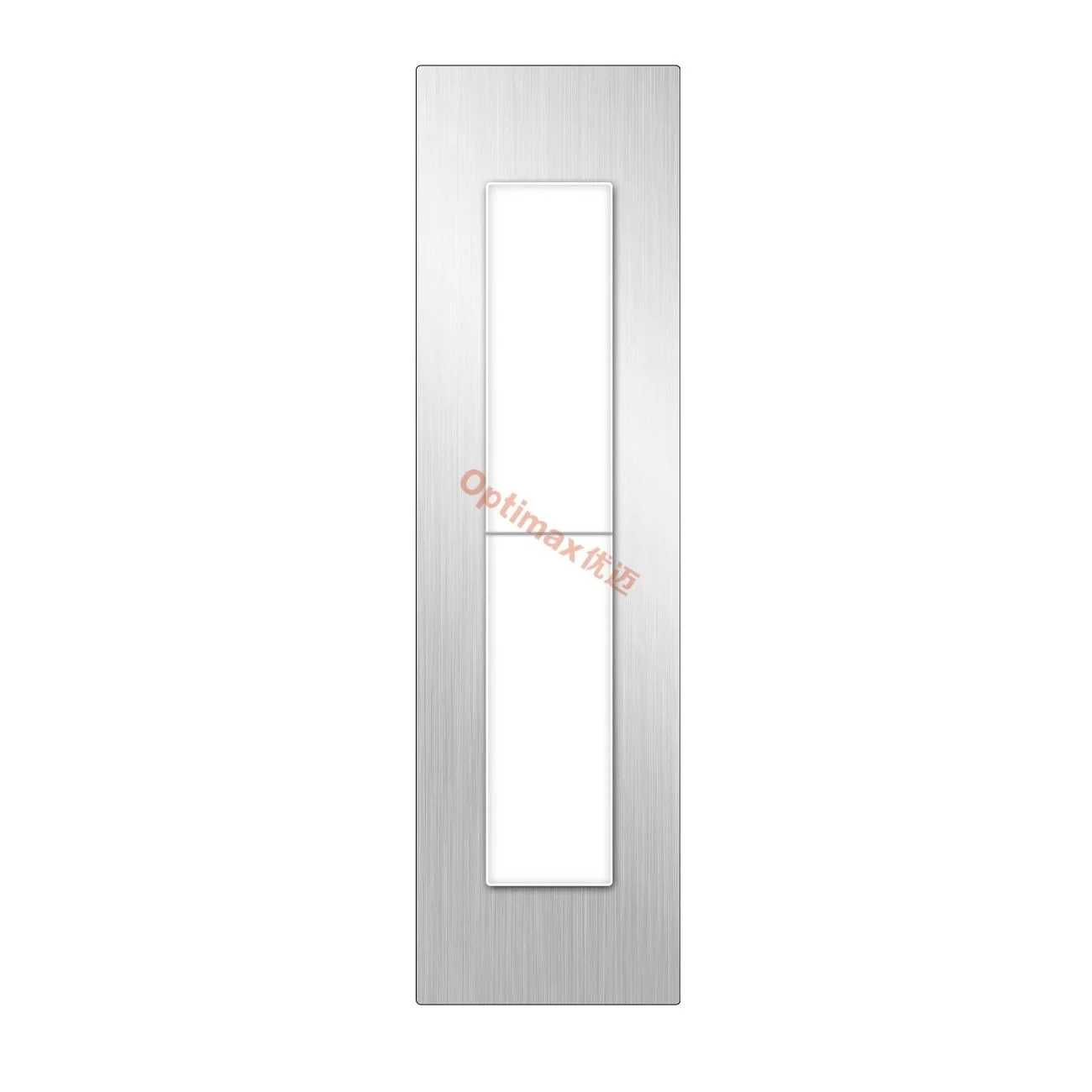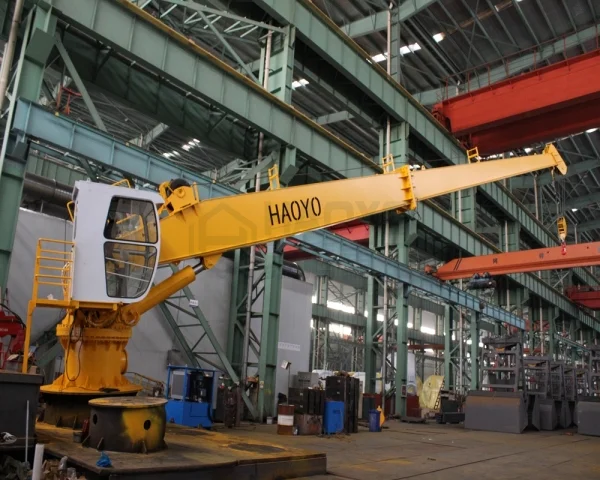Heat exchangers are critical components in various industrial processes, HVAC systems, and even in residential applications. They facilitate the transfer of heat between two or more fluids without mixing them, ensuring efficient thermal management. However, like any mechanical system, heat exchangers can encounter issues, one of the most common being clogging. Understanding how to identify a clogged heat exchanger is essential for maintaining optimal performance and preventing costly downtime. In this article, we will delve into the signs, causes, and solutions for a clogged heat exchanger, providing you with a comprehensive guide to ensure your system operates smoothly.
Understanding the Function of Heat Exchangers
Before diving into the symptoms of a clogged heat exchanger, it’s important to grasp its fundamental role. Heat exchangers operate on the principle of thermal conduction, transferring heat from one fluid to another. They are widely used in applications such as refrigeration, power generation, and chemical processing. The efficiency of a heat exchanger is paramount; any obstruction can lead to reduced performance and increased energy consumption.
Signs Your Heat Exchanger May Be Clogged
- Reduced Efficiency: One of the first indicators of a clogged heat exchanger is a noticeable drop in efficiency. If your system is taking longer to reach the desired temperature or requires more energy to maintain it, this could signal a blockage.
- Increased Energy Consumption: A clogged heat exchanger forces the system to work harder, leading to higher energy bills. If you notice a spike in your energy costs without a corresponding increase in usage, it may be time to investigate your heat exchanger.
- Unusual Noises: Listen for any unusual sounds coming from your heat exchanger. Gurgling, banging, or hissing noises can indicate trapped air or fluid flow issues caused by clogs.
- Temperature Fluctuations: If you experience inconsistent heating or cooling, it could be due to a blockage preventing proper fluid circulation. This can lead to hot spots or cold spots in your system.
- Pressure Drops: Monitoring the pressure in your heat exchanger can provide valuable insights. A significant drop in pressure may indicate a clog, as the fluid struggles to pass through the restricted area.
- Visual Inspection: If accessible, a visual inspection can reveal signs of corrosion, sediment buildup, or other obstructions. Look for discoloration or deposits on the surfaces of the heat exchanger.
Common Causes of Clogging
Understanding the root causes of clogging can help in both prevention and diagnosis. Here are some common culprits:
- Scale Buildup: Hard water can lead to mineral deposits accumulating inside the heat exchanger, reducing flow rates and efficiency.
- Sludge and Debris: Over time, dirt, rust, and other particulates can accumulate, especially in older systems or those lacking proper filtration.
- Biological Growth: In systems where water is involved, algae and bacteria can thrive, leading to biofilm formation that obstructs flow.
- Corrosion: Corrosive fluids can degrade the materials of the heat exchanger, leading to flaking and debris that can clog the system.
Solutions and Preventive Measures
- Regular Maintenance: Schedule routine inspections and maintenance for your heat exchanger. Cleaning and flushing the system can help prevent buildup before it becomes a significant issue.
- Water Treatment: If your heat exchanger uses water, consider implementing a water treatment program to reduce scale and corrosion.
- Filtration Systems: Installing filters can help capture debris before it enters the heat exchanger, minimizing the risk of clogging.
- Monitoring Systems: Utilize pressure and temperature sensors to monitor the performance of your heat exchanger in real-time. This can help you identify issues before they escalate.
- Professional Assessment: If you suspect a clog but cannot identify the cause, consult with a professional. They can perform a thorough diagnosis and recommend appropriate solutions.
Conclusion
Identifying a clogged heat exchanger is crucial for maintaining the efficiency and longevity of your system. By being aware of the signs and understanding the causes, you can take proactive measures to prevent clogs and ensure optimal performance. Regular maintenance, monitoring, and professional assessments are key strategies in safeguarding your heat exchanger against the detrimental effects of clogging. Remember, a well-maintained heat exchanger not only saves energy but also extends the life of your equipment, making it a worthwhile investment for any operation.



